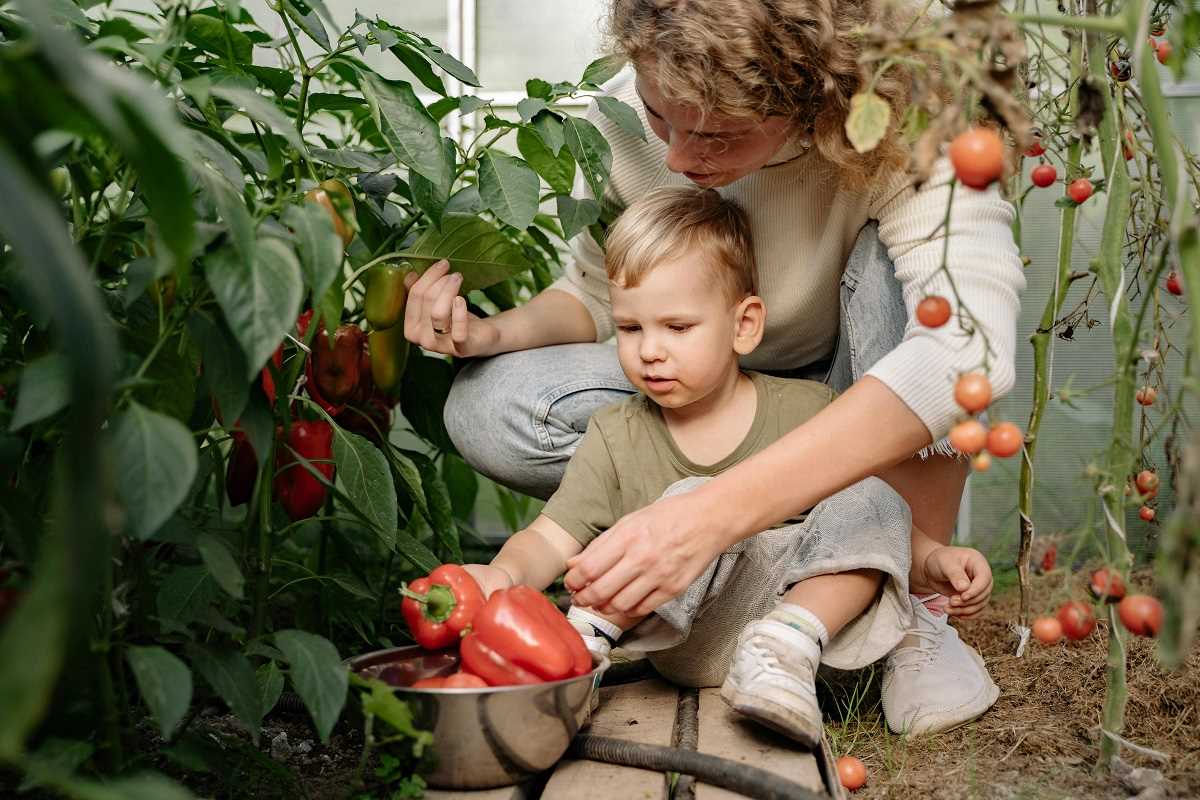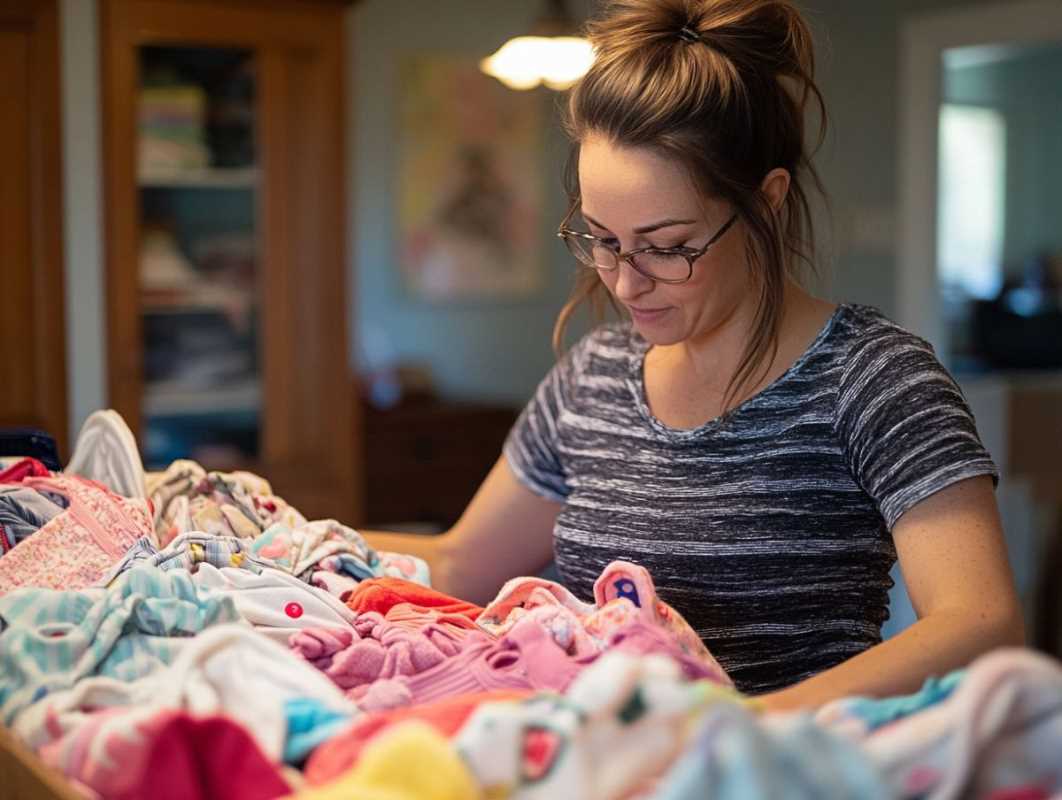Gardening with kids is one of the most rewarding—and surprisingly entertaining—activities you can do together. It’s hands-on, it’s messy in the best way, and it sneaks in learning while everyone’s having fun. Whether you’ve got a green thumb or can barely keep a succulent alive, creating a mini-garden with your children is a simple (and screen-free!) activity that you’ll both enjoy.
From planning tiny fairy worlds to planting veggies to watch them grow, these DIY mini-garden projects will appeal to any child’s sense of adventure and creativity. Plus, they’ll teach responsibility, patience, and an appreciation for nature—lessons that grow, just like your plants.
Here’s how to dig in, step by step!
1. Design a Magical Fairy Garden
If your kids love whimsical stories or playing with tiny toys, a fairy garden is the perfect project. These tiny landscapes combine gardening and imaginative play, making them a hit for kids of all ages.
Supplies You’ll Need:
- A container (like a shallow pot, wooden box, or even an old lunchbox).
- Potting soil.
- Small plants (think moss, mini ferns, succulents, or herbs like thyme and oregano).
- Pebbles, twigs, or small stones for pathways.
- Miniature decorations (tiny houses, bridges, or figurines—many craft stores stock these!).
How to Create It:
- Choose your “garden” container. Make sure it has drainage holes and is shallow enough for kids to reach in easily.
- Add soil. Fill the container with potting soil, leaving a bit of space at the top for decorations.
- Arrange the plants. Help your kids gently plant the greenery, leaving space for paths and “furniture.”
- Start decorating! Use pebbles for pathways, twigs for bridges, and add mini fairy houses or figurines to complete the look. You can even help them craft DIY decorations with sticks or clay.
Encourage your kids to tell stories about their garden inhabitants while building it. They’ll love swapping out accessories seasonally or adding new “rooms” to their magical space later.
Talk to your kids about what plants need to grow and how to care for them—like watering them fairy-style (with a mini watering can, of course).
2. Grow Your Own Vegetable Patch
There’s nothing like biting into a veggie you’ve grown yourself, and for kids, that’s a seriously cool feeling. A mini vegetable patch can be as simple as a few pots on a windowsill or a small raised bed in the backyard.
Supplies You’ll Need:
- Small pots or a section of garden space.
- Potting soil or garden bed soil mix.
- Seeds or starter plants (easy ones for kids include lettuce, radishes, cherry tomatoes, and green beans).
- Popsicle sticks for labeling.
How to Create It:
- Pick a sunny spot. Vegetables love sunlight, so find a bright window or corner of your yard.
- Fill your containers with soil. If outdoors, loosen the garden bed soil before planting.
- Get planting! Follow the seed packet instructions for planting depth and spacing, and have the kids press the seeds into the soil with their fingers.
- Water with care. Teach your children how to water gently so they don’t flood the seeds.
Set up a daily “plant check” routine where your child waters, weeds, and looks for sprouts. Keeping a growth journal with pictures and measurements can amplify their excitement about the process.
Talk about where food comes from and why pollinators like bees are vital. You can even sneak in some basic math by having them measure how much the plants grow each week.
3. Build a Succulent Terrarium
Succulent terrariums are a low-maintenance project that’s just as much about design as it is about planting. These tiny ecosystems are ideal for kids who love creating visually striking projects (and parents who appreciate minimal upkeep!).
Supplies You’ll Need:
- A clear glass or plastic container (like a mason jar, vase, or fishbowl).
- Small pebbles or rocks for drainage.
- Activated charcoal (optional, but helps prevent odors in enclosed containers).
- Succulent-friendly soil mix.
- Mini succulents or cacti.
- Decorative elements like colored sand, moss, or small figurines.
How to Create It:
- Layer the base. Start with a layer of small pebbles for drainage, followed by a shallow layer of charcoal, if using.
- Add soil. Gently pour soil into the container, smoothing it out evenly.
- Plant succulents. Help your kids place the plants, leaving enough space for roots and growth.
- Decorate. Add moss, figurines, or patterns with colored sand to make it your own.
Encourage your child to name their succulents or create themes for the terrarium, like “desert chic” or “magical forest.”
Explain how succulents are adapted to survive in dry conditions and how their water-storing leaves work.
4. Create a Pollinator Paradise
Want to nurture both your kids and the environment? Create a mini-garden that attracts bees, butterflies, and other pollinators. Not only is it a gorgeous addition to your outdoor space, but it also teaches kids about the importance of biodiversity.
Supplies You’ll Need:
- A small raised garden bed, a big pot, or even a recycled wooden box.
- Potting soil.
- Pollinator-friendly flowers (zinnias, sunflowers, lavender, and marigolds are great choices).
- Smooth stones or shallow dishes for water.
How to Create It:
- Prepare the soil. Loosen the soil in your container or raised bed and ensure good drainage.
- Plant flower varieties. Pick flowers your kids find pretty while explaining how bright blooms attract different pollinators.
- Add water spots. Place stones in shallow dishes and fill them with just a bit of water for thirsty bees and butterflies.
Challenge your kids to keep a “pollinator journal” where they sketch the creatures they spot visiting the garden.
Teach them about how pollination works and its role in food production. It’s a fascinating topic and can inspire a lot of curiosity about the natural world.
Whether your little one discovers a new love for vegetables or takes great pride in creating a display-worthy terrarium, the benefits go far beyond the soil. These mini-garden projects are a fantastic way for kids to use their imaginations while collaborating with you. The time spent digging and designing together creates memories that will bloom for years.
 (Image via
(Image via





